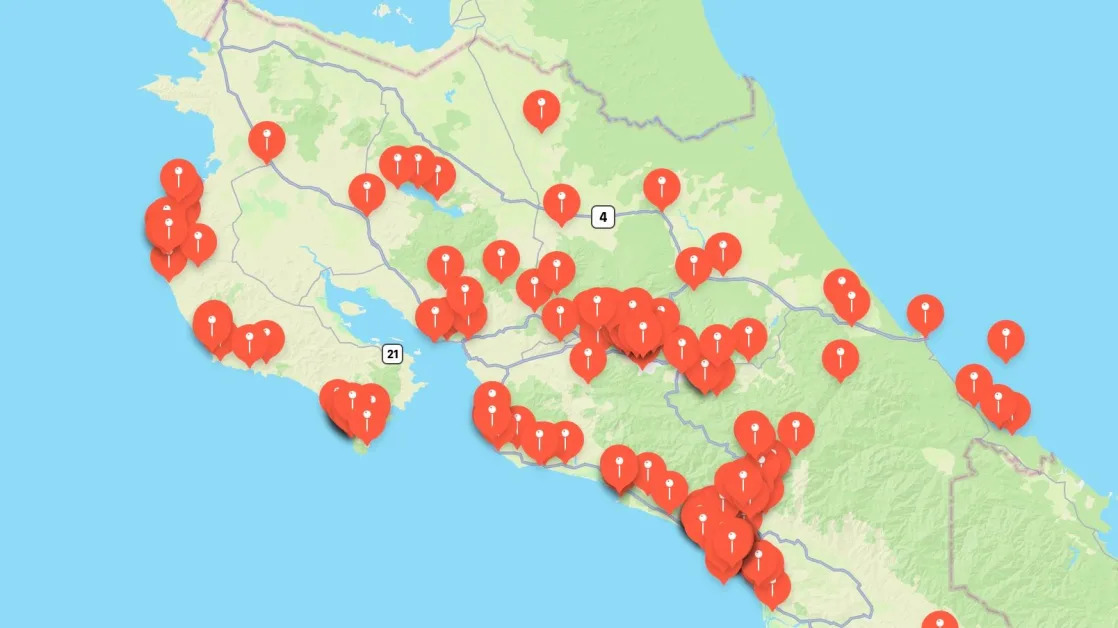
Artificial intelligence has suddenly made electricity a hot commodity. No wonder major oil companies want a piece of it.
Both Exxon Mobil and Chevron said last month that they are talking to potential data-center customers on deals to supply natural-gas-fired power paired with carbon-capture technology. Exxon is working on a power-plant design with at least 1.5 gigawatts of capacity—enough to power more than a million homes. TotalEnergies, which has a power business, last year bought 1.5 GW of natural-gas-fired power plants near Dallas and Houston in Texas.
Exxon and Chevron have shied away from the wind and solar business for good reason: They have no experience in it and the expected returns are too low. But gas-fired power seems like a natural fit.
Major oil companies have plenty of experience in building and operating natural-gas-fired power plants to support their own energy-intensive operations, such as refining, natural-gas liquefaction and petrochemicals. Exxon said in its latest corporate update that it has developed 5.5 GW worth of power projects since 2001. Major oil companies might, in some cases, have more recent experience building power plants than large independent power producers: Many of them haven’t built power plants from scratch since the early 2000s, notes Hugh Wynne, co-head of utilities and renewable energy research at SSR.
Major oil companies also are able to move fast—something tech giants value. They can site power plants near the source of fuel—near their own oil and gas fields—and sell electricity directly to data centers without needing to connect to the grid. And oil companies have lots of experience building off-grid power to support operations in far-flung places. That means they can bypass the lengthy process of connecting to the grid or building out a pipeline. In fact, it would be a natural fit for places with a lack of pipeline capacity—such as the Waha hub in Texas—where natural-gas prices often turn negative.
Another advantage: giant balance sheets and prodigious cash flow from their oil-and-gas business and disciplined spending. Investors would rather get cash returns than see major oil companies invest vast sums in oil and gas projects but could be open to investment in growth markets. Ultimately, this means major oil companies can fund power projects cheaply and quickly compared to raising project-level financing. Their scale should also come in handy when negotiating with equipment providers or engineering contractors.
Of course, the big question for major oil companies is whether returns from the power business are enough to meet their high hurdles. TotalEnergies’ integrated power segment, which also includes wind and solar, generated a return on average capital employed of 9.8% in 2023 compared with 18.9% for the overall business. Its goal is for the power business to reach returns of around 12% by 2028, which would be equivalent to TotalEnergies’ oil-and-gas returns when Brent crude prices are around $60 a barrel—about 25% cheaper than they are today.
The return profile will ultimately depend on what major oil companies’ power exposure looks like. TotalEnergies’ integrated-power segment includes wind, solar and gas-fired power, as well as gas and electricity trading, for example. It still is unclear how much Exxon expects to get out of the power-generation business itself: It sees power plants as a means to expand the carbon-capture and sequestration business. “We don’t bring a lot of value creation to the power generation step in and of itself,” said Chief Executive Darren Woods in the company’s latest corporate update.
There are a few ways major oil companies might be able to squeeze out higher returns. One is if they can negotiate hefty premiums with tech companies for speedy access to off-grid power. Amazon.com and Talen Energy’s regulatory snag last year showed that siphoning electricity from grid-connected power will come with roadblocks. Fast access to a new, off-grid power plant removes those potential headaches.
Adding the ability to capture the carbon and bury it could command an extra premium, though the technology hasn’t yet been proven at scale. There are generous subsidies for the technology under the Inflation Reduction Act. Carbon-capture technology has been used with some success at coal-fired power plants, but it hasn’t been deployed at a commercial scale for natural-gas-fired power plants, according to Wynne of SSR.
Another option would be to indirectly benefit from data centers’ higher power demand by owning power plants that connect to the grid in deregulated markets such as Texas, California or PJM Interconnection. Those are markets where power-plant owners can profit from electricity price volatility. Plenty of power-plant owners have been burned by that volatility, but major oil companies are used to cyclical risks and have the balance sheets to weather them. TotalEnergies follows this model, selling about 30% of its electricity production to the wholesale power market without customer contracts.
The world’s energy demand is inevitably moving from hydrocarbons to electrons. Power-hungry data centers could very well help major oil companies stay relevant.
Write to Jinjoo Lee at jinjoo.lee@wsj.com






